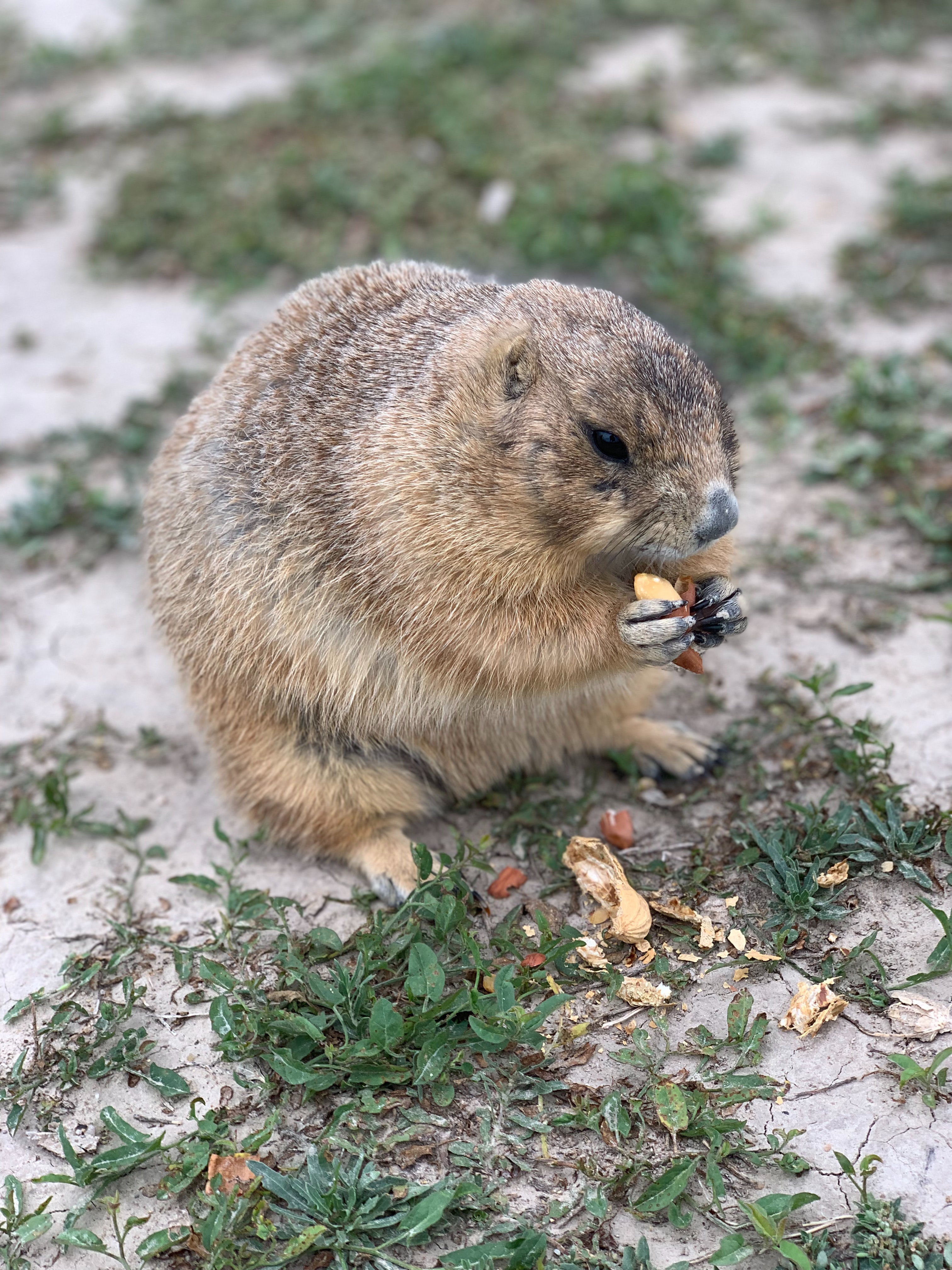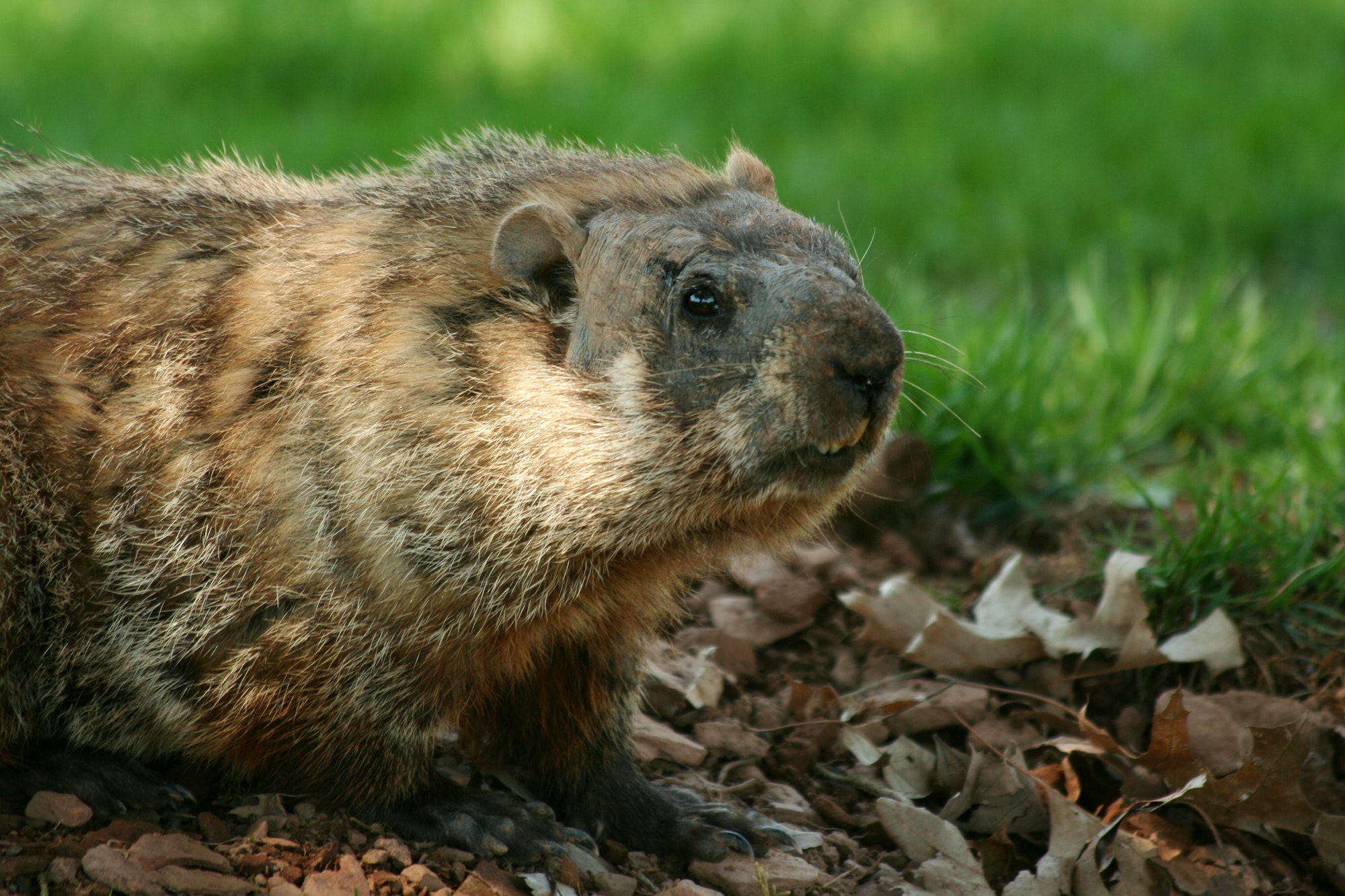What Are Woodchucks?
Most children in America grow up listening to the famous tongue twister “How much wood could a woodchuck chuck … ” by Mother Goose. Many children, like myself, failed to make their way through those four simple lines. Despite how common the famous poem is, woodchucks are more commonly known as groundhogs, or whistle pigs.
Today, we look to groundhogs at the end of every winter to predict the start of spring on Groundhog’s Day. Groundhogs are rodents that love to burrow under the ground in Northeastern/Central United States and Canada and their nickname “woodchuck” has roots as old as the start of European settlers.
Groundhogs are furry herbivores that love to dig tunnels underground known as burrows. The burrows that groundhogs dig serve as their homes. Throughout the year, ground hogs will consume large quantities of grasses, plants, vegetables, and fruits to get ready for winter hibernation (Groundhog). However, you will notice that wood is not a primary food on the groundhog’s diet. Despite being commonly referred to as “woodchucks”, the origins of the nickname are far more complex.

Today, linguists believe that the name woodchuck stemmed from the Algonquin tribe of Native Americans. The Algonquin word for groundhogs “wuchak” and it is believed that when English settlers attempted to use the native Algonquin word, it morphed into “woodchuck” (DWCW).
However, despite the complicated history of the name “woodchuck”, groundhogs do not typically chuck wood or eat the hard insides of a tree. Instead, they will occasionally eat soft bark at the start of spring. Even then, bark is a last resort and groundhogs will try and stay away from bark if they can. Despite groundhog’s aversion to wood and bark, their name actually stems from early Euro-American culture.

Today, groundhogs are a unique rodent that is celebrated with it’s own special holiday, Groundhog’s Day, that stems from European traditions. Originally, Europeans looked to the actions of badgers and hedgehogs to predict the arrival of an early spring. However, in colonial times, groundhogs were much more prevalent in the Americas, and became the scapegoat for the occurrence of late spring. (Sirueck).
Yearly, the media will cover news specials on whether or not the groundhog sees its shadow at the start of spring. People will also visit zooms with groundhog enclosures on this day. It is through the long history of European influence that the groundhog is given a great deal of attention, however, today, regions of the United States have continued to adopt the groundhog into their culture and acknowledge Groundhog’s Day as a public holiday.
Despite the long complicated history of the groundhogs, they are not only an interesting part of Amero-European history, but a part of American culture today. Today we celebrate groundhogs as fortune tellers of the quality of the spring seasonpass down poems about their diets. While “woodchuck” is not an accurate name, the nickname provides insight and culture into early colonial traditions that continue around the United States today. The next time someone asks “How much wood can a woodchuck can chuck?” you can cleverly reply that woodchucks would rather not chuck wood!
Author: Cecilia Sanchez
Purdue University, Main Campus
Works Cited
- “Do Woodchucks Chuck Wood?” National Institute of Environmental Health Sciences, U.S. Department of Health and Human Services, kids.niehs.nih.gov/topics/natural-world/wildlife/animals/woodchuck-chuck/index.htm
- Groundhog.” , Facts and Photos, 31 Jan. 2020, www.nationalgeographic.com/animals/mammals/g/groundhog
- Sirucek, Stefan. “10 Facts You Didn’t Know about Groundhogs.” 10 Facts about Groundhogs, 31 Jan. 2020
- www.nationalgeographic.com/news/2014/1/groundhogs-day-animals-wildlife








